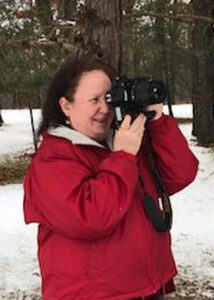Rural Perspectives: The ring-necked pheasant (Phasianus colchicus)

Our area has the perfect habitats for pheasants.
Photo credit: Diane Constable
by Diane Constable
The ring-necked pheasant (Phasianus colchicus) is a beautiful bird of the grouse family from Asia. There were unsuccessful attempts to import them here as early as the 1730s—even George Washington gave it a try! It wasn’t until the 1880s that the pheasant began to take root in this country.
Pheasants weigh up to 2 to 3 pounds, and are 20 to 36 inches in length. The male (cock) has beautiful markings, while the female (hen) is an overall dull brown.
The hen makes a ground depression in an open grassland and uses soft grasses, twigs and feathers to line the nest. About four weeks later in mid to late May, the eggs hatch and the seven to 15 chicks quickly leave the nest and eat on their own. They will stay with the hen for about three months. Pleasants live up to three years in the wild. In captivity, they can live to about 18 years old.
Ring-necked pheasants prefer to run and can reach speeds up to 10 mph. They fly short distances up to 40 mph. When frightened, pheasants will either run or use their strong breast muscles to create speed and sound to spring out after hiding in tall grasses.
Pheasants eat a variety of food found on the ground — from seeds, grasses and roots to insects, snails, and spiders — and even an occasional mouse or shrew. In the winter, they will roost for up to two weeks without eating. They like to take dust baths to get rid of dirt, old feathers and parasites.
Our area has perfect habitat for pheasants — grasslands, idle farm fields, wetlands, hay and crop lands, and shrublands. Past changes in farming practices and grassland losses have reduced the number of birds. There are many private groups and farms that help pheasants to thrive. Their top recommendation to save the birds is to wait to cut hayfields until after mid-July so the chicks will survive.
Fun Fact: The ring-necked pheasant has been introduced all over the planet and is now one of the world’s most popular game birds.

Diane Gray Constable


